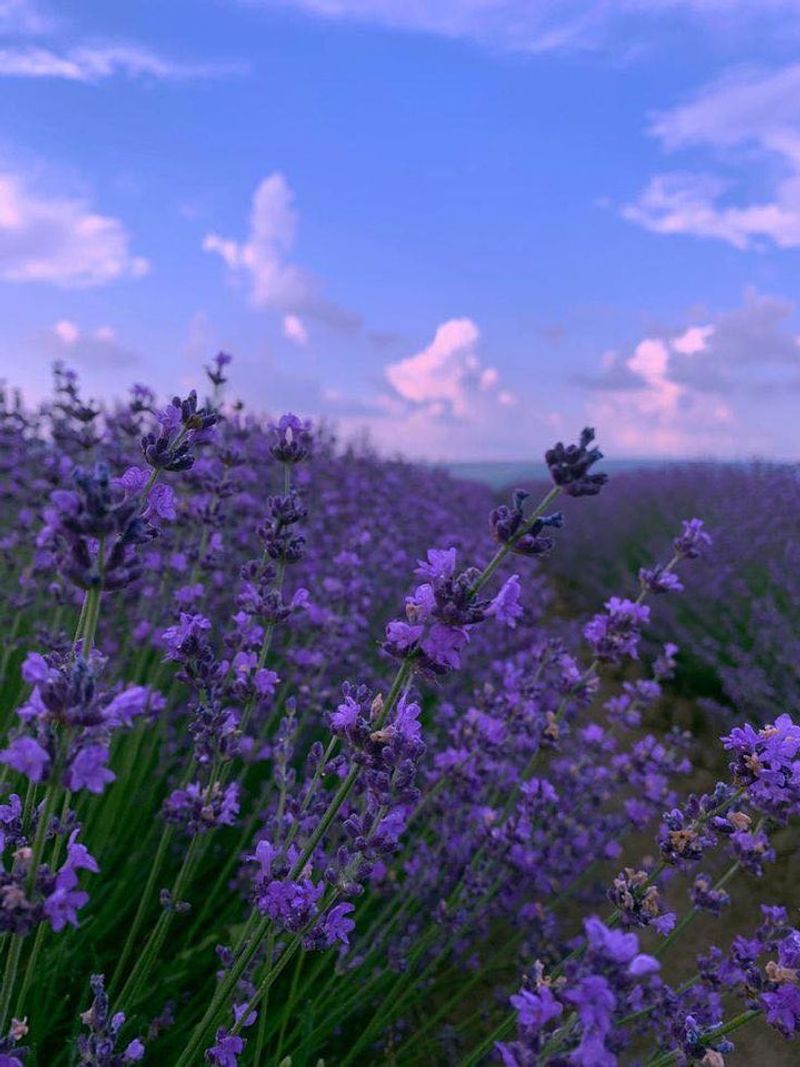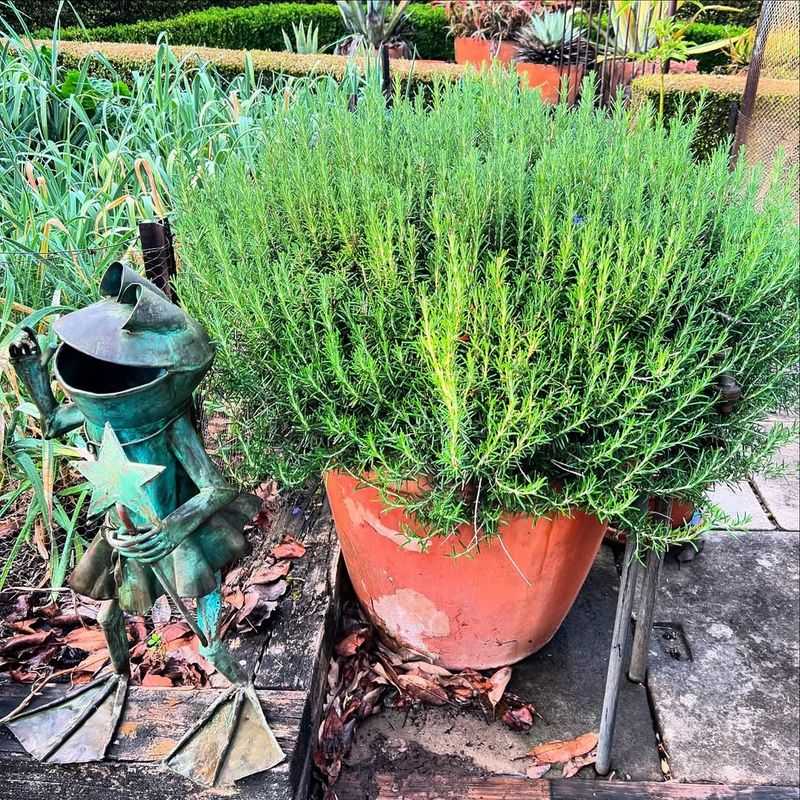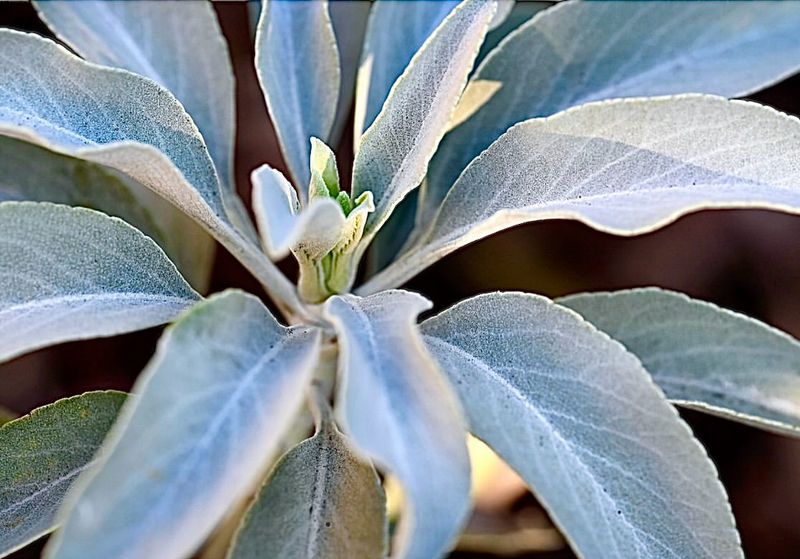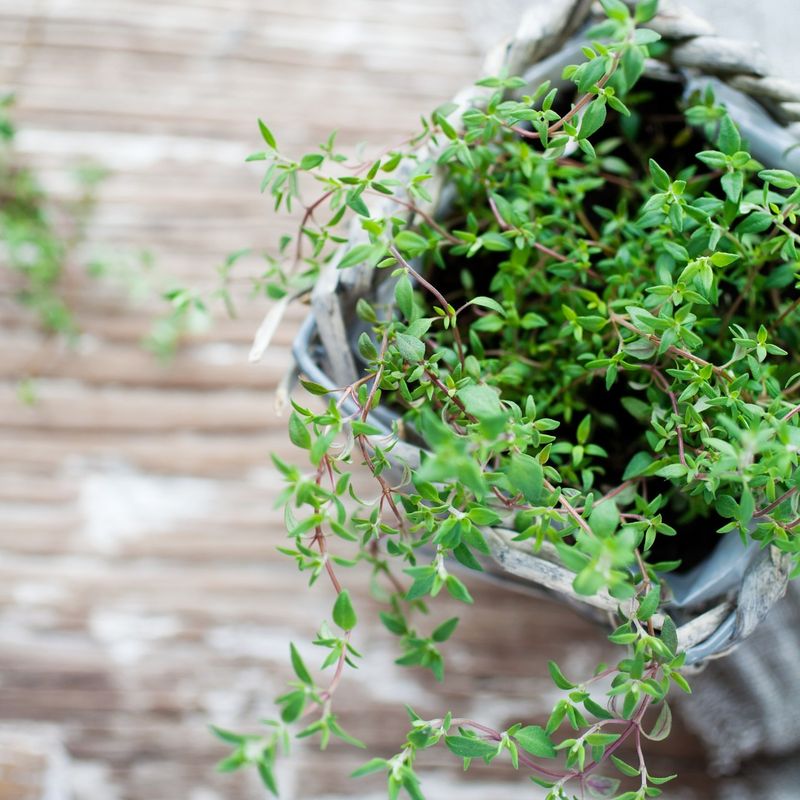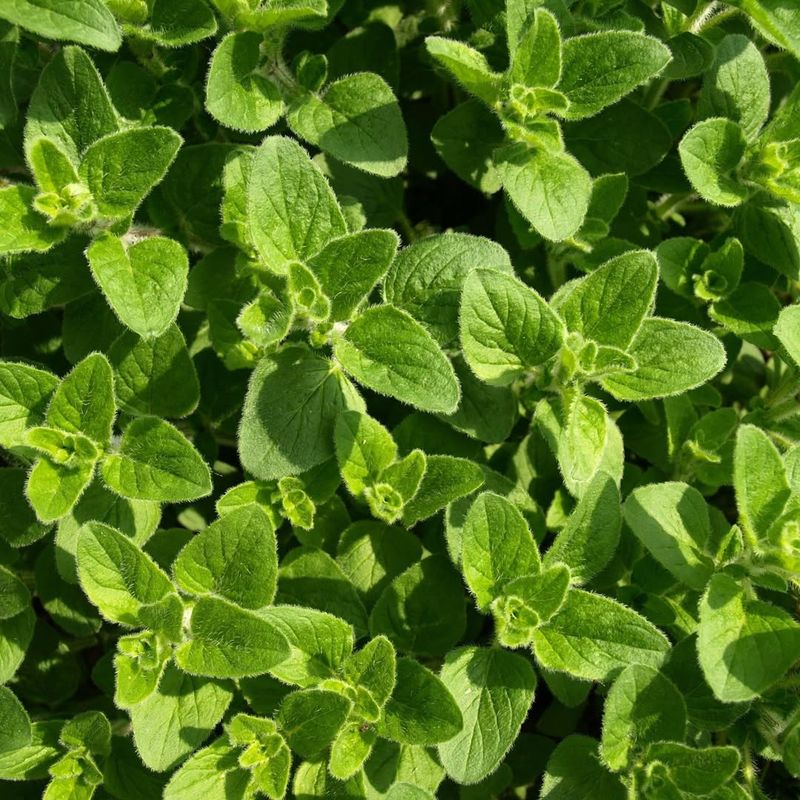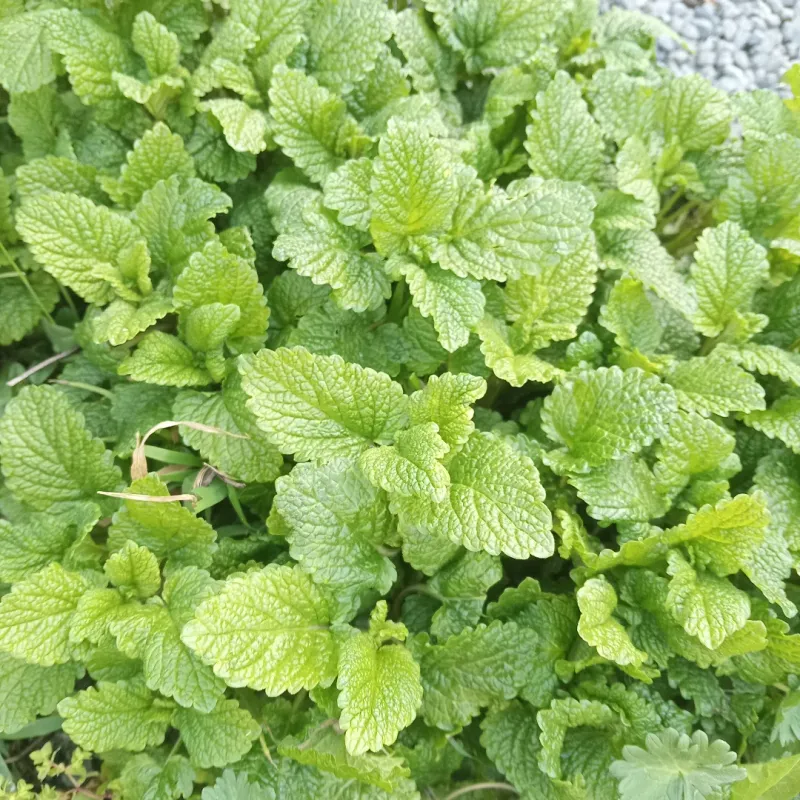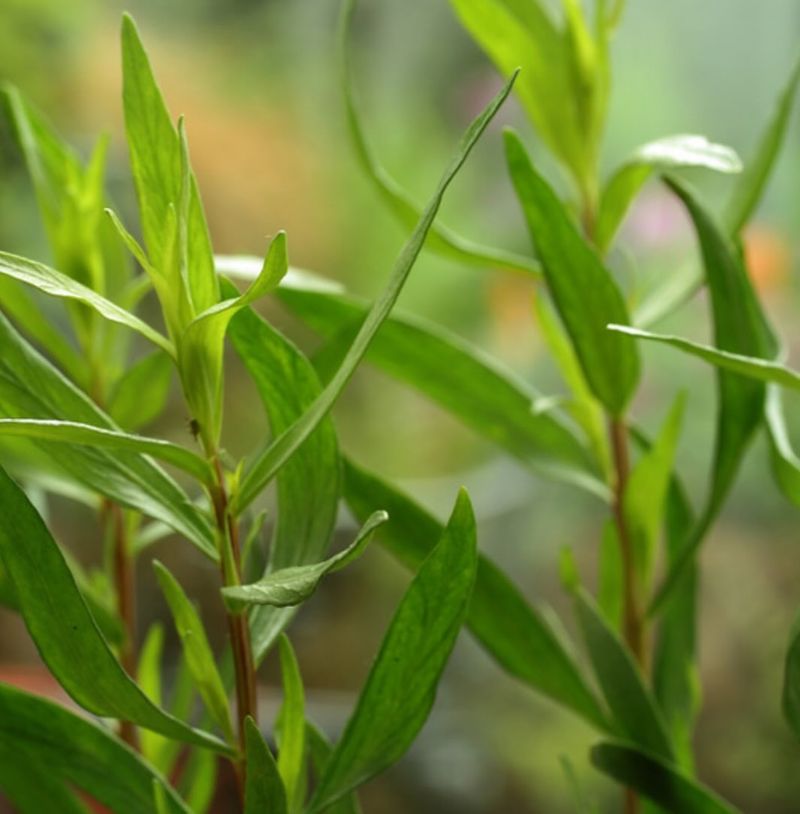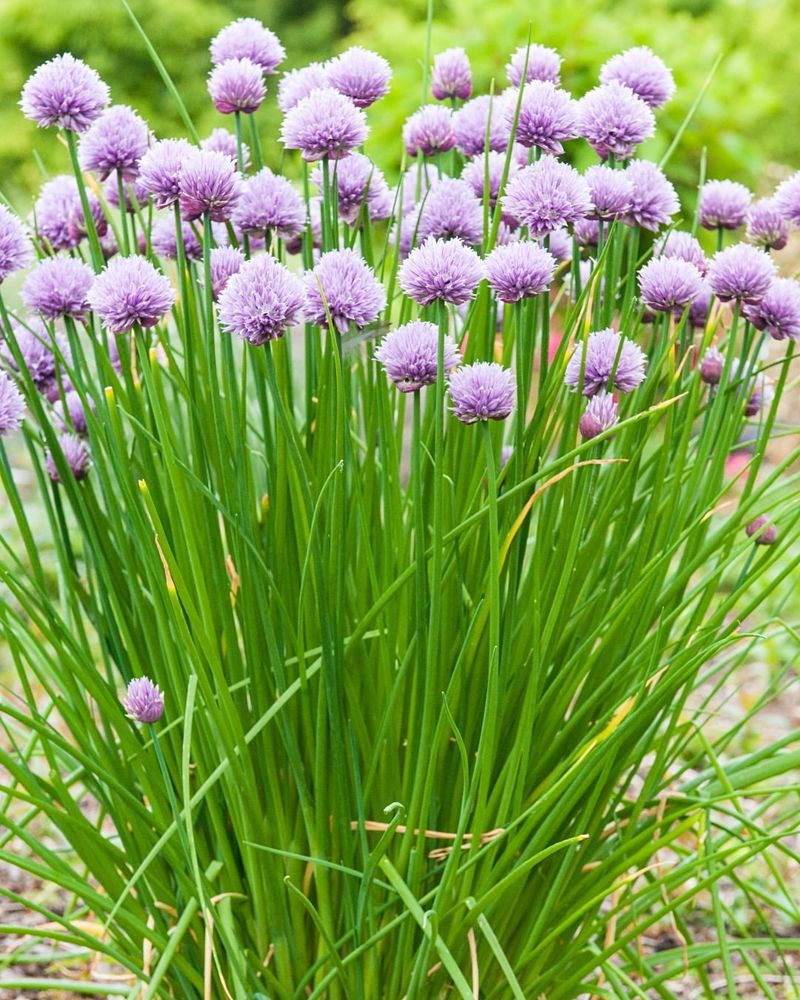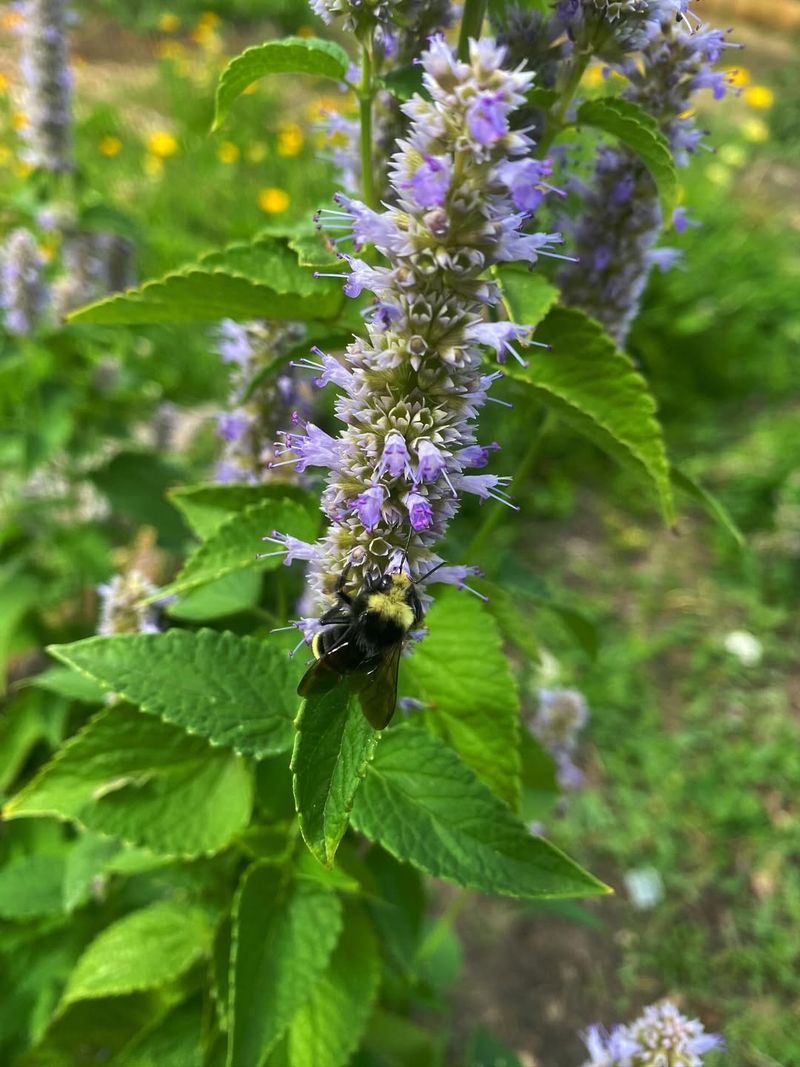Fall cleanup often feels like the right time to trim everything back, but when it comes to herbs, timing matters. In Pennsylvania, pruning certain herbs in autumn can weaken them, reduce next year’s growth, or even cause winter die-off.
Some plants simply need their foliage left intact to insulate them through cold weather. Before you reach for the shears, take a moment to learn which herbs are best left alone until spring.
1. Lavender
Cutting back lavender in fall might seem like good garden cleanup, but it actually puts the plant at serious risk. Those woody stems and foliage provide essential insulation during Pennsylvania’s cold winters.
When you prune lavender too late in the season, new growth emerges that won’t have time to harden off before frost hits. Wait until spring when warmer weather returns to shape your lavender plants. Your patience will be rewarded with healthier, more vigorous blooms next summer.
2. Rosemary
Rosemary already struggles with Pennsylvania winters since it prefers Mediterranean climates. Fall pruning removes the protective foliage that helps this herb survive freezing temperatures.
Every branch and leaf acts like a tiny blanket, shielding the plant’s core from harsh winds and snow. Trimming encourages tender new shoots that will likely die when temperatures drop. Instead, let your rosemary keep its full growth through winter, then trim it back in late spring after the last frost passes.
3. Sage
Sage becomes woody and tough as it matures, making fall pruning tempting for gardeners wanting tidy beds. However, cutting sage back in autumn weakens the plant before winter arrives.
The existing foliage protects the crown and root system from temperature fluctuations. Any new growth triggered by pruning won’t survive the first hard freeze. Give your sage a light harvest if needed, but save major trimming for early spring when the plant can recover quickly and produce fresh, flavorful leaves.
4. Thyme
With its delicate appearance, thyme might look like it needs fall grooming, but appearances can be deceiving. Those tiny leaves and stems provide crucial winter protection for the plant’s base.
Thyme naturally dies back somewhat in cold weather, so there’s no need to rush the process. Pruning in fall removes the plant’s natural defenses against freezing and thawing cycles. Wait until you see new green growth emerging in spring, then trim away any dead material to encourage bushy, healthy development.
5. Oregano
Oregano spreads vigorously during summer, creating a tempting target for fall cleanup efforts. Resist the urge to cut it back before winter sets in.
The plant’s top growth shields its roots and crown from extreme cold that Pennsylvania winters deliver. Pruning stimulates fresh growth that won’t harden properly before frost arrives, potentially killing the entire plant. Let oregano rest through winter with its protective canopy intact. Come spring, you can prune aggressively to shape it and encourage the tender new leaves perfect for cooking.
6. Lemon Balm
Lemon balm grows enthusiastically and can look messy by fall, making pruning seem necessary. But this mint-family member needs its foliage to protect its root system during winter.
The plant naturally dies back to the ground in cold weather, so cutting it early serves no real purpose. Fall pruning can actually expose the crown to frost damage and reduce the plant’s winter hardiness. Allow lemon balm to stand through winter, then cut back the dead stems in spring when new growth begins pushing through the soil.
7. Russian Sage
Russian sage develops striking architectural form in fall, with silvery stems and seed heads that many gardeners want to remove. Those dried stalks actually serve important functions during winter months.
The hollow stems trap air and create insulation around the plant’s base, while also catching snow for additional protection. Cutting Russian sage in fall removes this natural defense system and can lead to winter injury. The dried flower heads also provide visual interest in winter landscapes and food for birds seeking seeds.
8. Tarragon
French tarragon loses its vigor as fall approaches, and gardeners often think pruning will help rejuvenate the plant. Actually, tarragon needs all its energy reserves to survive Pennsylvania’s winter.
The existing foliage and stems protect the plant’s crown from freezing temperatures and moisture fluctuations. Pruning triggers the plant to waste energy producing new growth instead of storing resources for spring. Leave tarragon completely alone in fall, allowing it to enter dormancy naturally. Trim away dead material in spring once new shoots appear from the base.
9. Mint
Mint’s aggressive spreading habit makes fall cutting seem like a good control strategy. While mint is hardy, fall pruning can still create problems in Pennsylvania’s climate.
The plant’s top growth provides insulation for its extensive root system, which continues growing until the ground freezes. Removing foliage in fall exposes those shallow roots to temperature swings that can damage them. Mint will die back naturally with frost, so there’s no advantage to pruning early. Simply pull back dead stems in spring when fresh growth emerges from the roots.
10. Chives
Chives look ragged by autumn, with yellowing foliage that seems ready for removal. But cutting chives back in fall can weaken the bulbs that need to survive winter underground.
The dying leaves transfer nutrients back to the bulbs, strengthening them for next year’s growth. Pruning interrupts this important process and forces the plant to use stored energy unwisely. Let chives die back completely on their own, then remove the dead foliage in early spring. Your chives will emerge stronger and produce more flavorful stems for your kitchen.
11. Winter Savory
Despite its name suggesting cold tolerance, winter savory still needs protection from Pennsylvania’s harshest weather. Fall pruning removes the very foliage that keeps this herb alive through freezing temperatures.
The plant’s semi-evergreen leaves continue photosynthesizing during mild winter days, providing energy when the herb needs it most. Cutting back in fall forces winter savory to redirect resources toward healing instead of survival. Wait until late spring to prune, allowing the plant to show you which stems survived winter before you start trimming.
12. Hyssop
Hyssop develops woody stems and dried flower spikes that look untidy as fall progresses. Many gardeners want to tidy things up, but those stems play a vital protective role.
The plant’s structure catches leaves and snow, creating a natural mulch that insulates the crown through winter. Fall pruning removes this protection and can expose hyssop to damaging freeze-thaw cycles common in Pennsylvania. The dried flower heads also provide food for overwintering birds. Leave hyssop standing until spring, then cut back to encourage fresh, bushy growth.


